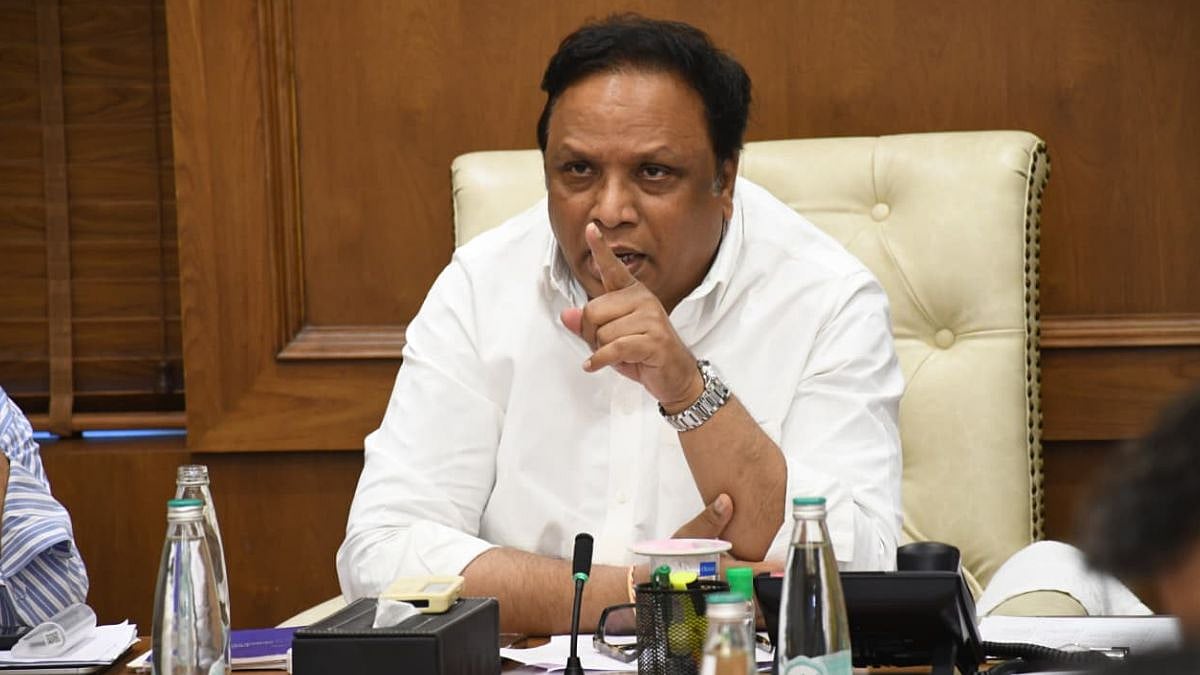Some data figures, especially those that make bold claims, hang on to people’s memory for a long time. One such claim was made in the report “Survival of the Richest: The India Story,” - published by the think-tank Oxfam and released at the World Economic Forum - wherein it was reported that the poorest 50% of India bears 2/3rd the burden of GST, while the richest 10% bears only 3 to 4%.
This data point has since been widely circulated by various media outlets and reported as fact. It has seeped deeply into the Indian psyche and is frequently cited on social media platforms like X (formerly Twitter). The resulting picture portrays GST as an extremely regressive tax system that unfairly burdens the poor and is primarily shouldered by them.
But is this claim true? Common economic understanding suggests otherwise. As an indirect tax, GST is inherently linked to consumption. Logically, this implies that higher-income groups, who typically spend more, should contribute a larger share. The report's assertion that the poor pay 64.3% of GST directly contradicts this basic economic principle.
The Oxfam Report: A House of Cards
If we dig deeper into the Oxfam report, it gets even more problematic. Despite being a large international think tank and having released the report at the reputed World Economic Forum, Oxfam has used methodology with no transparency on calculations.
The report cites the National Sample Survey (NSSO) but fails to provide additional supporting data. Its appendix consists of merely two pages of small data tables, displaying final percentage distributions without any underlying calculations. Furthermore, the report admits to using a selective subset of food and non-food items but doesn't explain the selection criteria—a clear example of cherry-picking data.
Overall, the report reads like a series of sweeping statements accompanied by arbitrary figures thrown in - the authenticity of which must be taken at face value or by a deep belief in the motivations and abilities of Oxfam.
These methodological flaws extend beyond academic concerns—they have substantial real-world consequences. The Actual Shares of GST Given the importance of correcting such a significant and far-reaching claim, I conducted a detailed analysis of GST contributions in India.
To set the record straight, I used the latest NSSO report, which provides a comprehensive list of consumption items, including volume and value, for various Indian population groups. I then meticulously applied the applicable GST rates to these 400+ consumption items to calculate GST figures for each population group. This thorough approach yielded results that starkly contradict Oxfam's claims.
First, Oxfam's claims are not only wrong but also mathematically impossible. All the households combined contributed Rs. 6.19 lakh crore to GST or 34% of the Total GST collected in 2022-23. This aligns with the household consumption expenditure share of GDP and the lower tax rates of household consumption items. How can the bottom 50% of the population contribute 64.3% of GST?
Even if we assume Oxfam calculated shares based solely on household GST contributions, their claims still do not stand. Per data, the bottom 50% contributes just 28% of household GST and a mere 9.6% of total GST—far less than the asserted 64%.
In contrast, the top 10% contribute a substantial 26.63% of household GST, far from the meager 3- 4% claimed in Oxfam's report. The wealthiest 20% of Indians account for 41.4% of household GST and 14.2% of the total GST, underscoring the moderately progressive nature of the tax system.
It should also be noted that the poorest 50% face an average effective GST rate of 7.3%, while the top 20% has an average rate of 8.5%. This means the wealthiest pay more in absolute terms and in percentage of their spending.
Our careful data-based calculations show that the Oxfam report's claims about GST in India are completely wrong. In fact, our findings paint a more positive picture of the GST system. Not only has it made India's complicated tax structure simpler, but it also has a tried impact matching the consumption capabilities of different household groups.
The stark contrast between our findings and Oxfam's shows why checking facts carefully is important before forming opinions on these topics. Think tanks and international organizations like Oxfam must maintain the highest standards of transparency through evidence-based analysis. This is essential for preserving fairness and public trust in economic policy debates.
(About the Author: Dr. Vidhu Shekhar is an Economist and an Assistant Professor of Finance at SPJIMR Mumbai. He holds a Ph.D. from IIM Calcutta, an MBA from IIM Calcutta, and a B.Tech from IIT Kharagpur. The author would like to express his gratitude to Ms. Alka Das, Masters in Economics student at NMIMS Mumbai for her inputs.)









.jpg)
